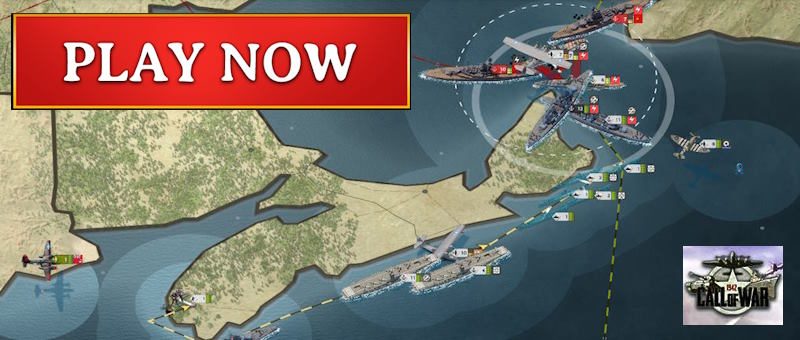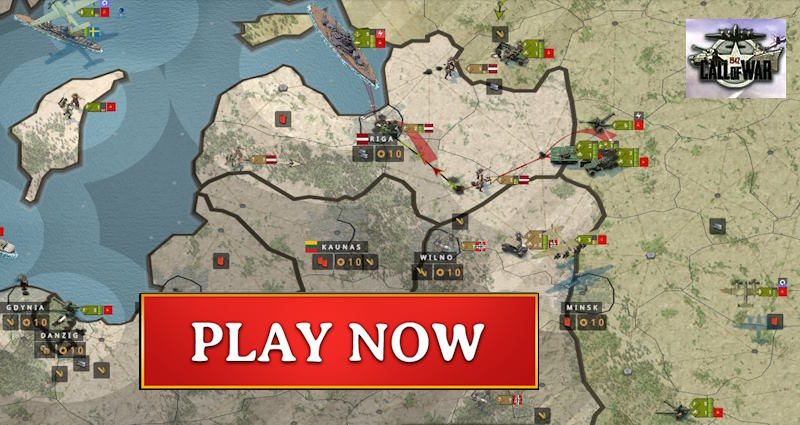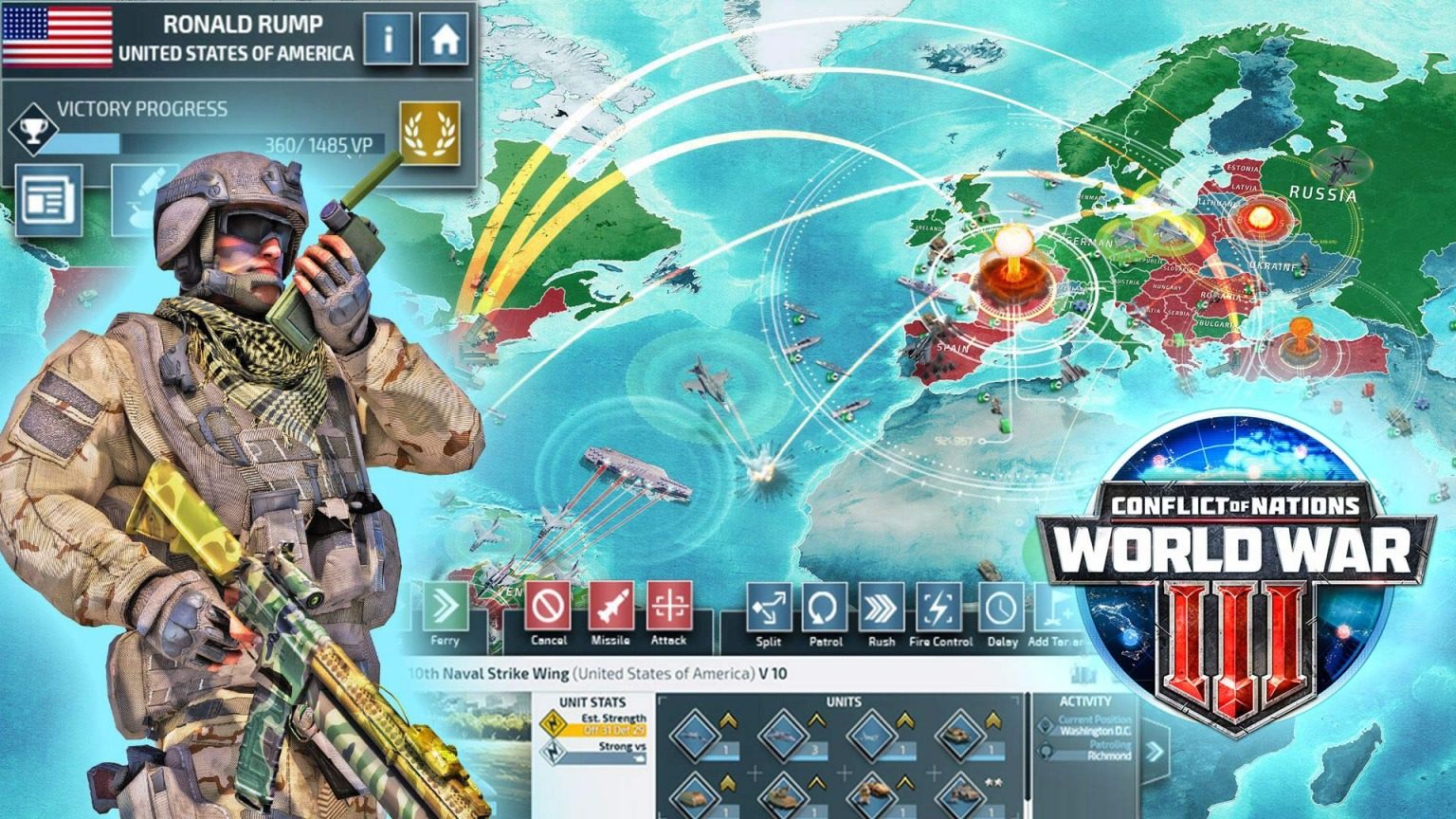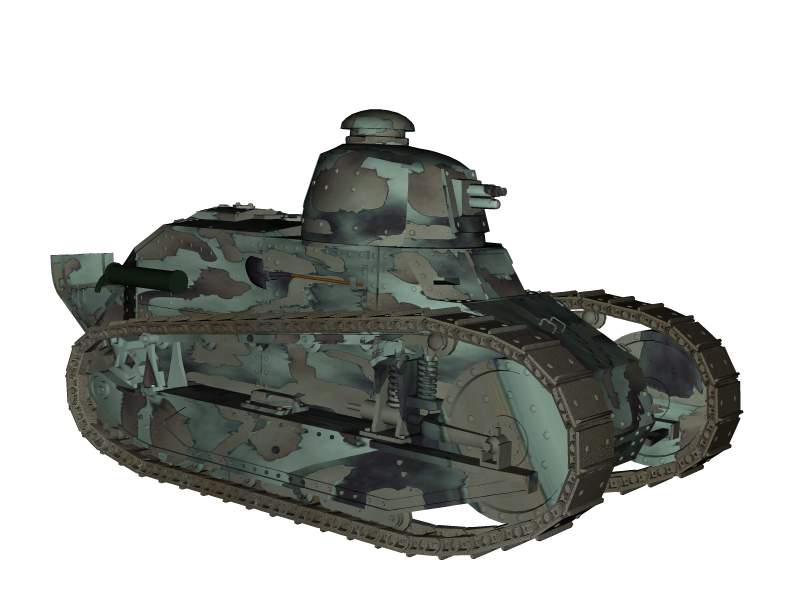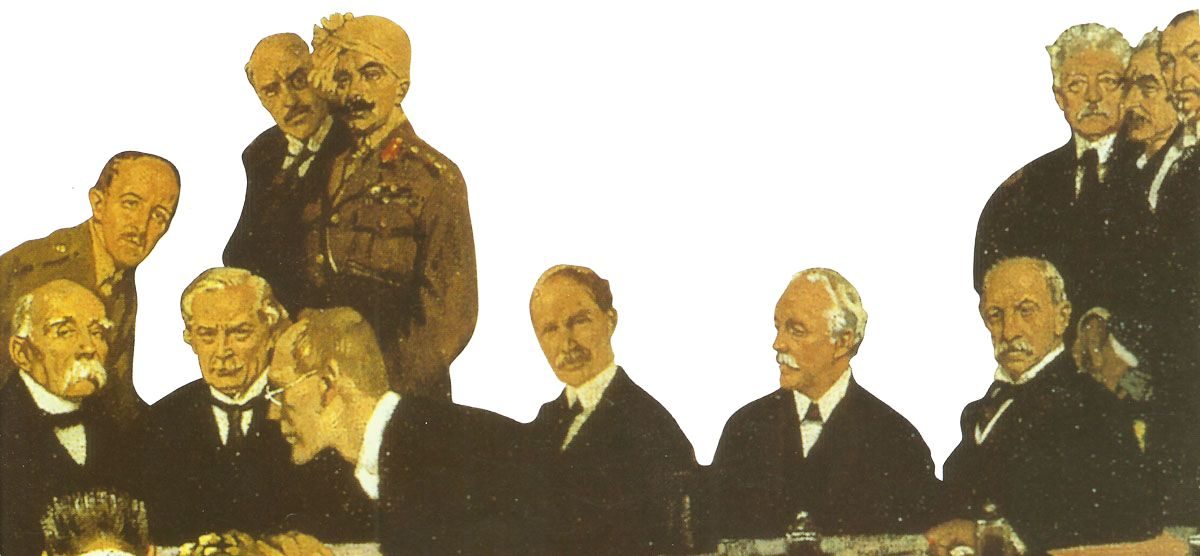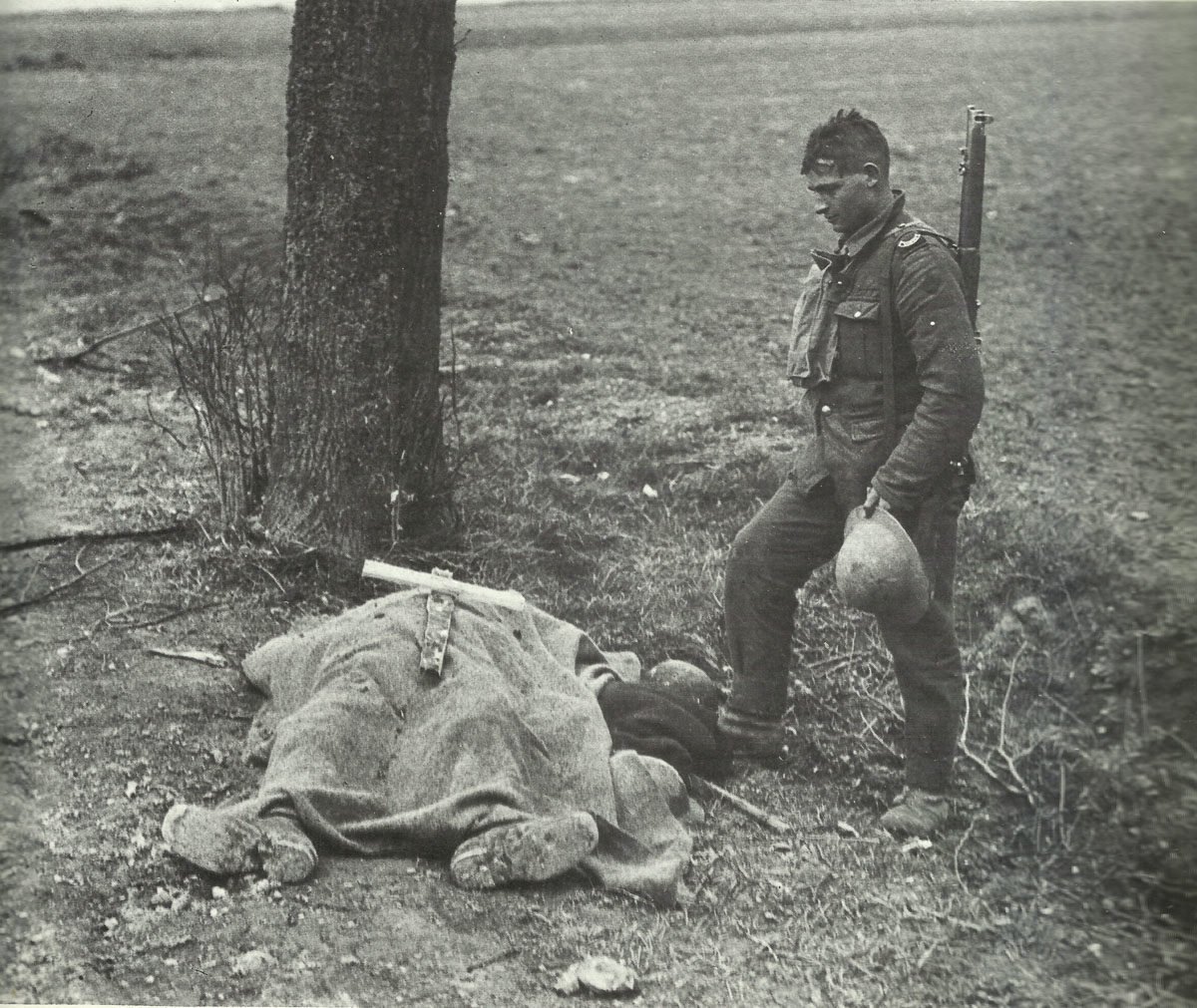Battle of the Marne 1914: Turning Point on the Western Front.
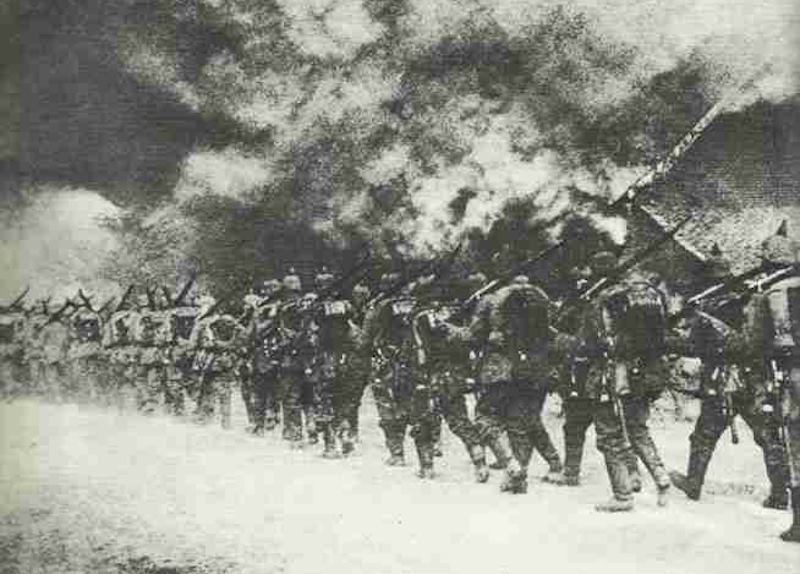
Battle of the Marne 1914: Turning Point on the Western Front
Table of Contents
The Battle of the Marne in 1914 was a key moment in World War I. It took place from September 5 to 12, pitting German forces against the French Army and British Expeditionary Force. The Germans had pushed deep into France, aiming to capture Paris quickly.
The French and British armies stopped the German advance at the Marne River, saving Paris and changing the course of the war. This battle became known as the “Miracle of the Marne” in France. It marked the end of Germany’s plan for a fast victory.
After the battle, both sides dug trenches. This led to years of stalemate on the Western Front. The First Battle of the Marne showed that World War I would not be over quickly, as many had thought.
Historical Context
The Battle of the Marne in 1914 was a pivotal moment in World War I. It halted Germany’s initial invasion of France and shaped the course of the war.
Origins of the Conflict
World War I began in August 1914. Europe was divided into two main alliances. Germany and Austria-Hungary formed the Central Powers. France, Russia, and Britain made up the Allied Powers.
Tensions had been building for years. Countries competed for colonies and power. They also formed complex alliances.
The spark came when a Serbian nationalist killed Archduke Franz Ferdinand of Austria. This led to a chain reaction of declarations of war.
Schlieffen Plan
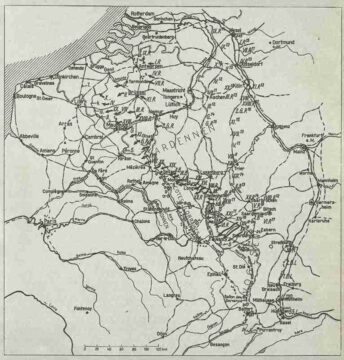
Germany had a plan for quick victory called the Schlieffen Plan. It aimed to defeat France fast before Russia could fully mobilize.
The plan called for a strong right wing to sweep through Belgium. It would then encircle Paris from the west.
A smaller force would defend against Russia in the east. Germany hoped this would avoid fighting a two-front war.
The plan relied on speed and surprise. It needed to work quickly before other countries could react.
German Advance Through Belgium
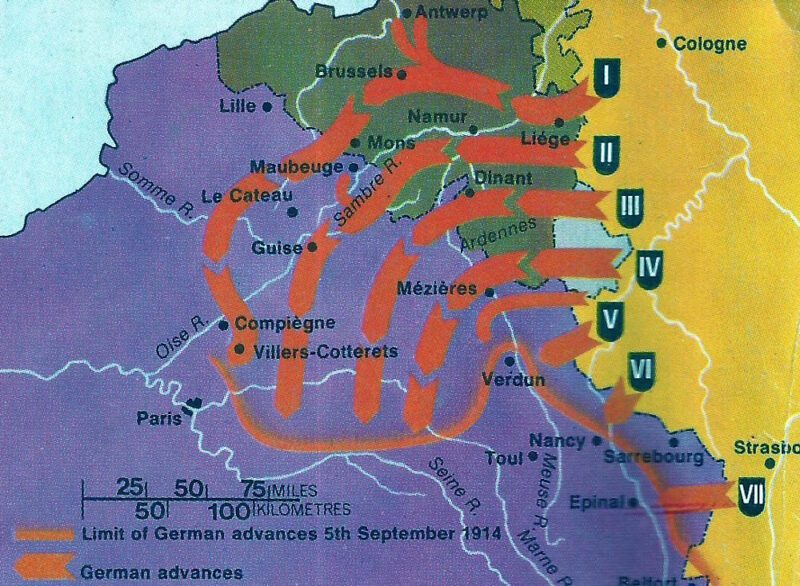
Germany put the Schlieffen Plan into action on August 4, 1914. They invaded neutral Belgium to bypass the French fortress belt near Verdun.
This move brought Britain into the war. The British Expeditionary Force (BEF) rushed to help defend France.
The German army moved fast. They pushed through Belgium and into northern France. By early September, they were only 30 miles from Paris.
The French government fled the capital. It looked like Germany might win quickly.
Prelude to the Battle
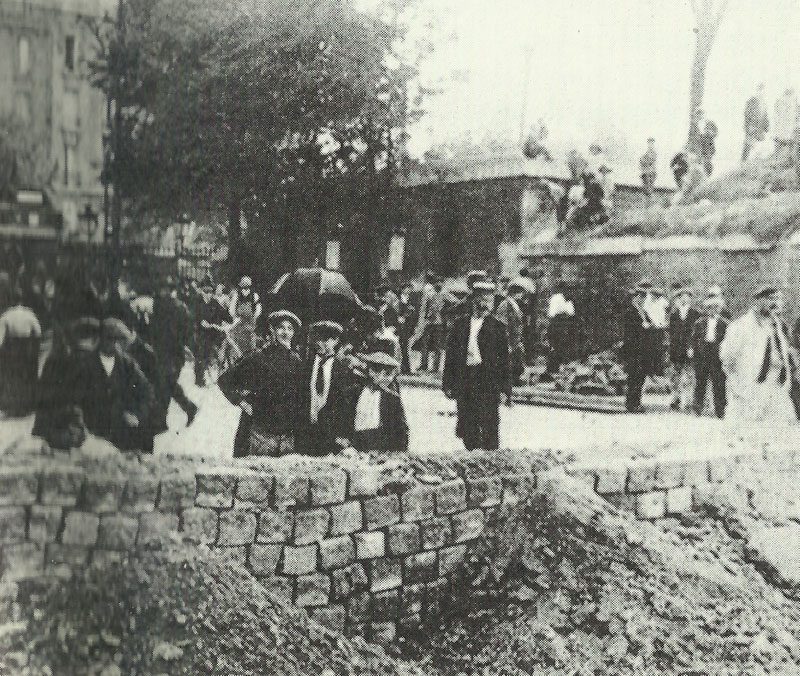
The events leading up to the Battle of the Marne in 1914 involved complex military strategies, troop movements, and initial skirmishes between Allied and German forces. These factors set the stage for the pivotal confrontation that would follow.
Allied and German Strategies
The French Army, led by General Joffre, aimed to counter German advances through Belgium and northeastern France. Joffre’s plan involved a strong defense along the frontier while preparing for a counteroffensive.
The German strategy, known as the Schlieffen Plan, called for a swift invasion through Belgium to encircle Paris. General Moltke modified this plan, weakening the right wing of the German force.
The British Expeditionary Force (BEF) deployed to support the French left flank. Their presence added crucial strength to the Allied line.
Repositioning of Forces
As German armies pushed into France, Allied forces conducted a strategic retreat. This move aimed to draw the Germans deeper into French territory, stretching their supply lines.
The French redeployed troops from Lorraine and Alsace to bolster defenses near Paris. This shift proved critical in the coming battle.
German forces advanced rapidly, covering up to 30 miles per day. However, this pace led to exhaustion among troops and logistical challenges.
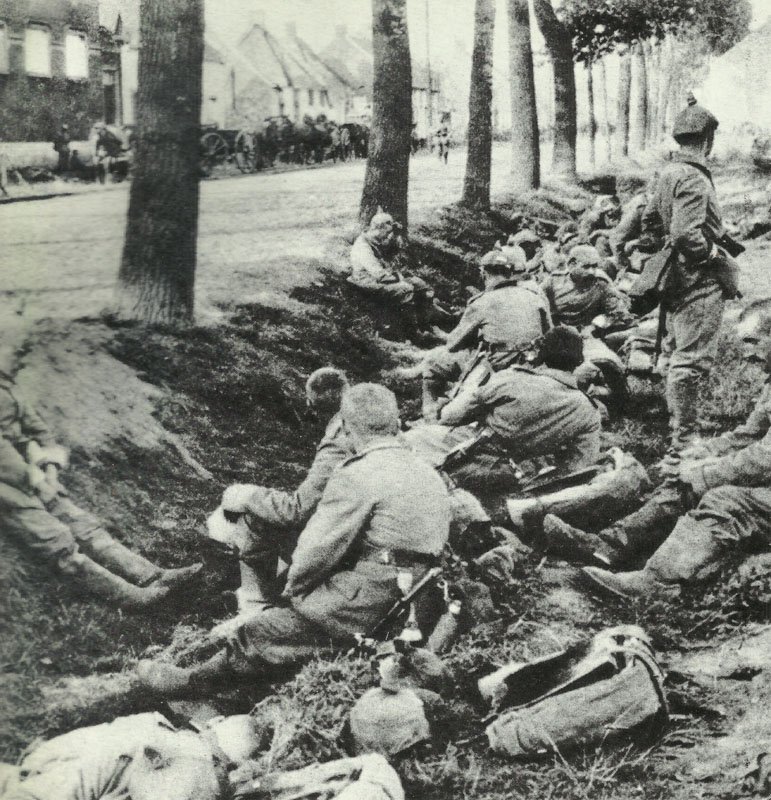
Initial Clashes
The Battle of Mons marked the BEF’s first major engagement. Despite being outnumbered, British forces inflicted heavy losses on the Germans before retreating.
French and German armies clashed in Lorraine and Alsace. These battles, while inconclusive, slowed the German advance by tying up reserves and bought time for Allied repositioning.
Cavalry units from both sides engaged in frequent skirmishes. These encounters provided valuable intelligence on enemy movements and strengths.
The widespread use of machine guns in these early clashes foreshadowed the devastating firepower that would characterize the upcoming battle.
The Battle Unfolds
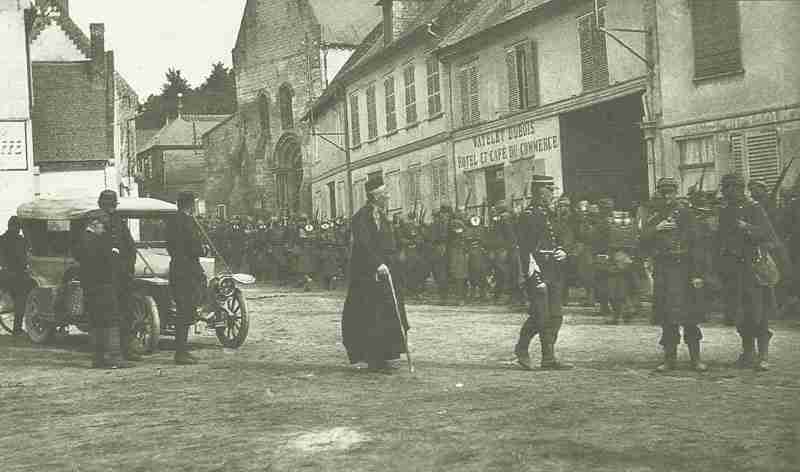
The First Battle of the Marne in 1914 was a crucial turning point in World War I. It stopped the German advance into France and changed the course of the war. The battle involved complex maneuvers and fierce fighting along the Marne River.
Opening Moves
The German forces, led by General von Kluck, pushed towards Paris in early September 1914. They were confident of a quick victory. The French Army and British Expeditionary Force (BEF) retreated south of the Marne River.
French General Joffre saw a chance to attack. He ordered General Maunoury’s Sixth Army to strike the German right flank. The BEF and other French armies would join the assault.
On September 6, Maunoury’s troops surprised the Germans near the Marne. This forced von Kluck to turn his army to face the new threat. This move created a gap in the German lines.
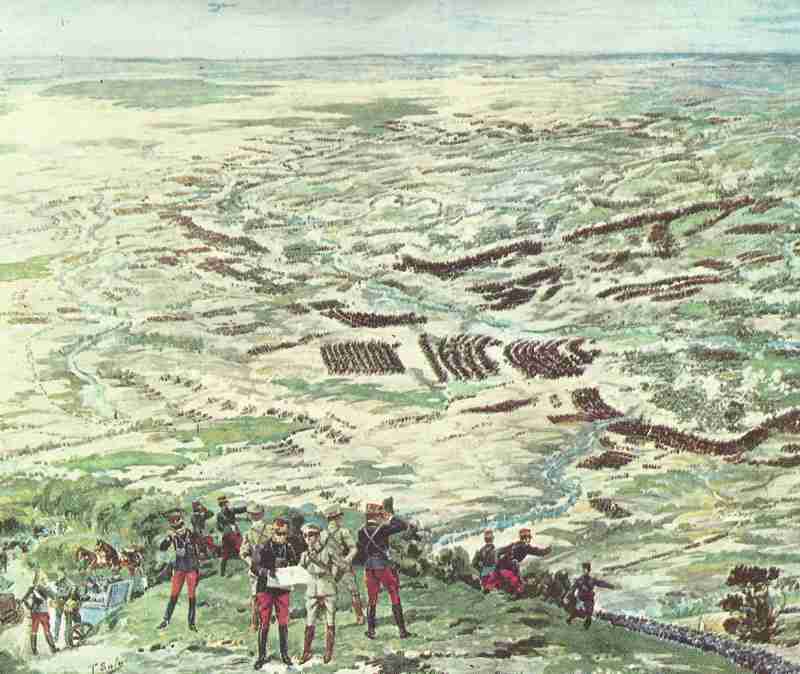
Critical Engagements
The battle raged along a 125-mile front. The BEF and French Fifth Army attacked the gap between the German First and Second Armies.
French and British troops crossed the Marne at several points. They faced strong German resistance. The fighting was intense and casualties were high on both sides.
In the center, the French Ninth Army held firm against heavy German attacks. This prevented a breakthrough that could have split the Allied forces.
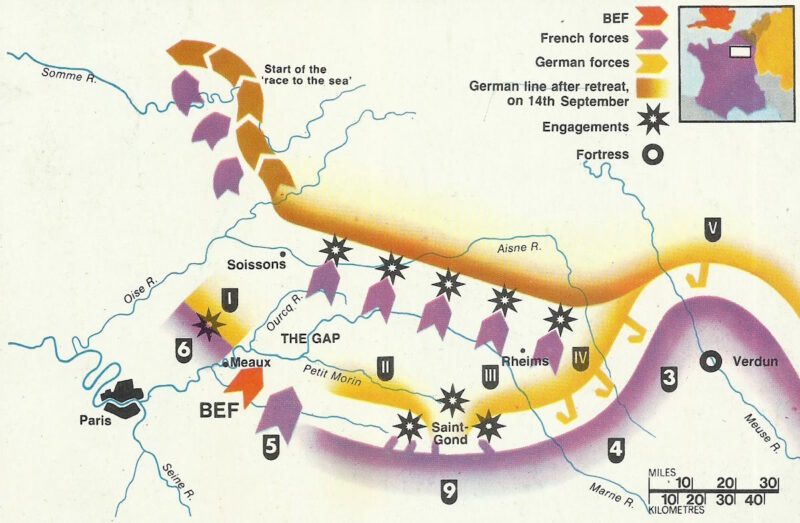
Turning Points
By September 9, the German High Command realized their plan had failed. The risk of encirclement was too great. They ordered a general retreat to the Aisne River.
The Allies pursued the retreating Germans. They inflicted further losses but could not achieve a decisive victory. The Germans dug in along their new defensive line.
This retreat marked the failure of the Schlieffen Plan. It ended German hopes for a quick win in the west. The mobile phase of the war was over. Both sides began to dig trenches, starting four years of static warfare.
Aftermath and Impact
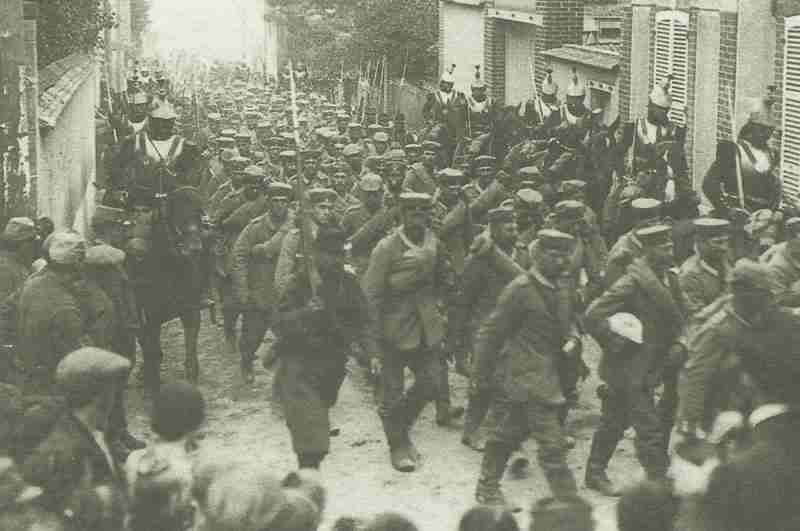
The First Battle of the Marne had far-reaching effects on the course of World War I. It stopped the German advance and changed the nature of the conflict on the Western Front.
Casualties and Losses
The First Battle of the Marne resulted in heavy losses on both sides. The French Army suffered around 250,000 casualties, while the British Expeditionary Force (BEF) lost about 13,000 men.
German losses were estimated at 220,000 to 260,000 soldiers. These numbers included killed, wounded, and captured troops.
The high casualty count shocked military leaders and civilians alike. It showed the deadly nature of modern warfare with machine guns and artillery.
Strategic and Tactical Consequences
The battle marked a turning point in the war. It ended Germany’s hopes for a quick victory in the west.
After their retreat, German forces dug in north of the Aisne River. This began the era of trench warfare on the Western Front.
The Allied victory forced Germany to fight a two-front war. They had to split their forces between east and west.
France’s capital was saved. Paris remained under French control, boosting morale and preserving the government’s ability to lead.
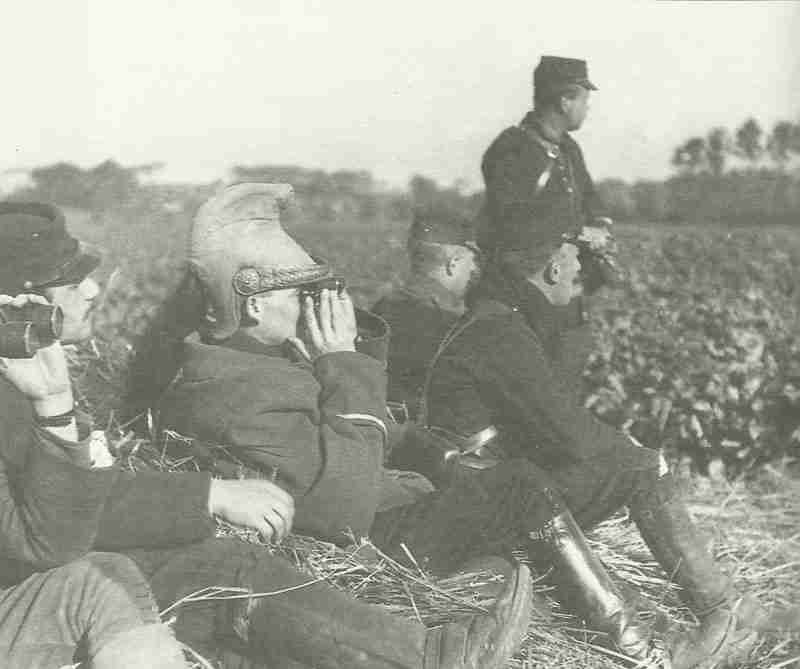
Psychological and Moral Effects
The battle had a major impact on troop morale. French and British forces felt renewed confidence after stopping the German advance.
For Germans, the retreat was a shock. It shattered their belief in a swift and easy victory.
The battle became known as the “Miracle of the Marne” in France. It boosted civilian morale and strengthened resolve to continue fighting.
Military leaders on both sides realized the war would be longer and costlier than expected. This realization affected future strategy and public support for the war.
Legacy of the Battle

The First Battle of the Marne left a lasting impact on World War I and military history. It marked a pivotal shift in combat tactics and shaped the nature of warfare for years to come.
Trench Warfare Inception
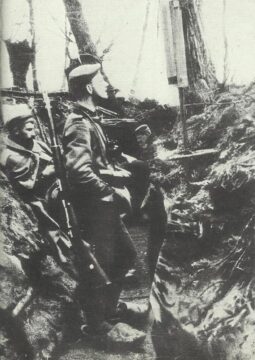
The First Battle of the Marne led to the start of trench warfare on the Western Front. After the battle, both German and Allied forces dug in to defend their positions.
This new form of combat replaced the war of movement. Soldiers created extensive networks of trenches stretching across France and Belgium.
Trench warfare became the dominant fighting style for most of World War I. It resulted in a stalemate that lasted for years.
Long-Term Effects on Military Strategy
The battle’s outcome had far-reaching effects on military thinking. It showed the importance of defensive positions and the power of modern weapons.
Commanders learned that frontal assaults against entrenched enemies were often futile. This led to new tactics like:
- Improved artillery coordination
- Use of poison gas
- Development of tanks
The focus shifted to breaking through enemy lines and gaining small amounts of territory. This change in strategy influenced military planning for decades.
Remembrance and Commemoration
France honors the Battle of the Marne as a crucial moment in its history. Many memorials and museums preserve its memory.
The Musée de la Grande Guerre in Meaux showcases artifacts and exhibits about the battle. Monuments along the Marne River mark key locations from the fighting.
Annual ceremonies take place to remember the soldiers who fought and died. These events help keep the battle’s significance alive for new generations.
Leaders and Commanders
The Battle of the Marne involved key military leaders on both sides who shaped the outcome through their strategic decisions. Allied and German commanders played crucial roles in directing troop movements and tactics during this pivotal engagement.
Allied Command
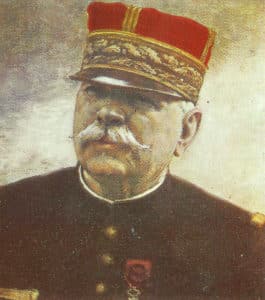
Joseph Joffre led the French forces as Commander-in-Chief. He made the critical choice to halt the retreat and counterattack the Germans.
Field Marshal Sir John French commanded the British Expeditionary Force. He coordinated closely with Joffre to support the French offensive.
General Michel-Joseph Maunoury headed the French Sixth Army. His surprise attack on the German right flank proved decisive.
General Ferdinand Foch directed the French Ninth Army. Foch’s stubborn defense in the center helped stop the German advance.
German High Command
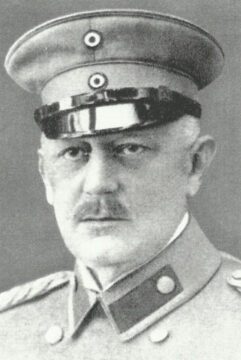
General Helmuth von Moltke was Chief of the German General Staff. He modified the Schlieffen Plan, weakening the German right wing.
General Alexander von Kluck led the German First Army on the far right. His decision to turn southeast exposed his flank to Maunoury’s attack.
General Karl von Bülow commanded the German Second Army. He failed to effectively support von Kluck when the Allied counteroffensive began.
The German commanders struggled with communication issues. This hampered their ability to respond quickly to the changing battle situation.
Military Developments and Innovations
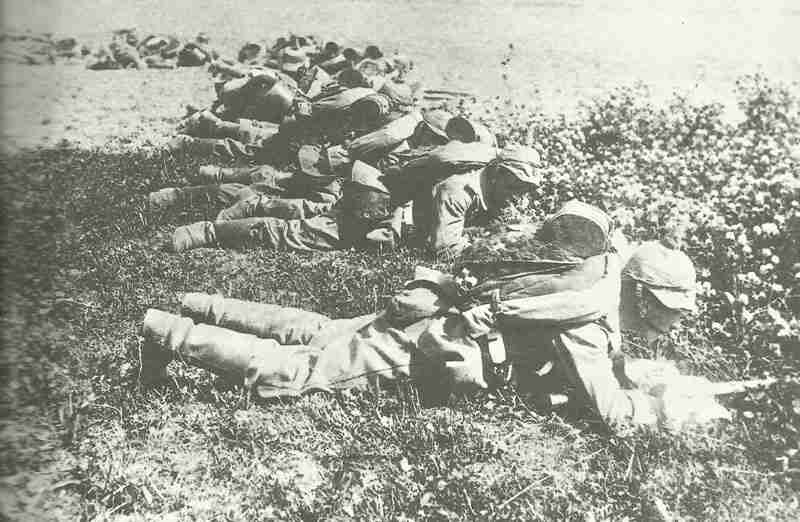
The Battle of the Marne saw important changes in military tactics and technology. Both sides adapted quickly to the realities of modern warfare.
Use of Cavalry and Infantry
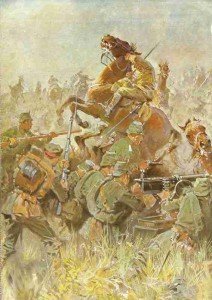
Cavalry played a crucial role early in the battle. German cavalry units scouted ahead of infantry columns. French cavalry screened troop movements and gathered intel.
As fighting intensified, cavalry became less useful. Mounted troops were vulnerable to machine gun fire. Infantry took on a larger role.
French and British infantry dug defensive trenches. This helped them withstand German attacks. Troops learned to advance in short rushes between cover.
Supply lines stretched as armies moved. Horses and trucks struggled to keep up. This limited how far troops could advance each day.
Technology and Weaponry
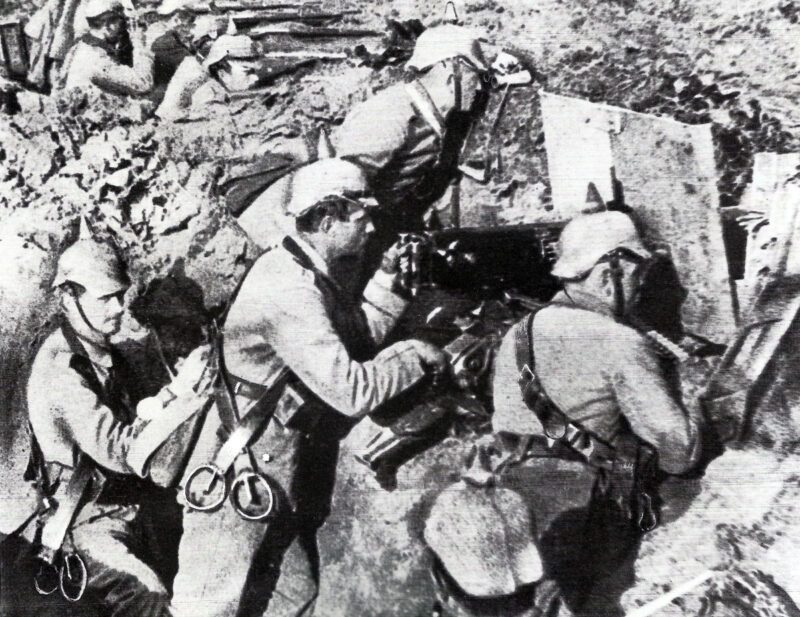
New weapons shaped the battle’s outcome. Machine guns provided devastating firepower. A few gunners could stop large infantry charges.
Artillery became more accurate and deadly. Howitzers lobbed shells behind enemy lines. Field guns fired directly at advancing troops.
Barbed wire slowed infantry attacks. Attackers had to cut through it under fire.
Airplanes scouted enemy positions. This gave commanders better intel about troop movements.
Radios and field telephones improved communication. Officers could coordinate attacks more effectively.
Historiography and Analysis
The Battle of the Marne in 1914 has been studied extensively by military historians. Debates continue about the reasons for the German defeat and the impact on World War I’s outcome.
Strategic Analysis
The German Army’s advance into France followed the Schlieffen Plan. This strategy aimed to quickly defeat France before turning east to fight Russia. Helmuth von Moltke, the German Chief of Staff, modified the original plan.
These changes weakened the German right flank. This gave the French and British forces a chance to counterattack. Military experts argue that Moltke’s alterations were a key factor in the German failure at the Marne.
The French Government’s decision to retreat from Paris proved crucial. It allowed the French forces to regroup and launch a successful counteroffensive.
Controversies and Alternate Theories
Some historians question whether the German Army could have won even if they had stuck to the original Schlieffen Plan. They point to logistical issues and the strength of French defenses.
A controversial theory suggests that the German retreat was not due to military defeat. Instead, it argues that a breakdown in communications led to an unnecessary withdrawal. This view remains debated among scholars.
The role of British forces in the battle is another point of contention. Some argue their contribution was vital, while others see it as limited.
Frequently Asked Questions
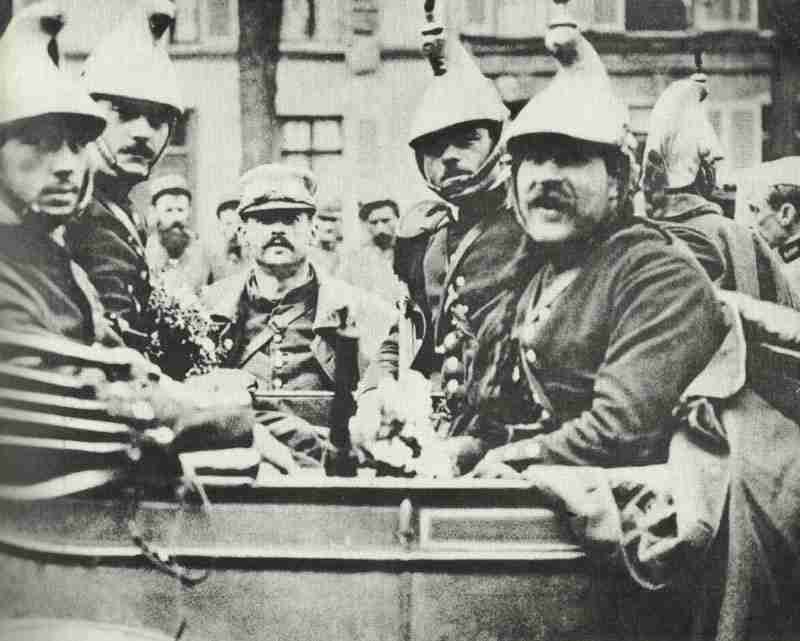
The First Battle of the Marne in 1914 was a pivotal event in World War I. It halted Germany’s advance into France and set the stage for years of trench warfare on the Western Front.
What were the outcomes and significance of the First Battle of the Marne?
The battle ended in an Allied victory. It stopped the German army’s push towards Paris. This victory boosted Allied morale and dashed German hopes for a quick win.
The battle marked the failure of Germany’s Schlieffen Plan. It forced both sides to dig trenches, leading to years of static warfare.
How did the First Battle of the Marne influence the course of World War I?
The battle changed the nature of the war. It transformed the conflict from a war of movement into one of position.
The trench warfare that followed lasted for nearly four years. This stalemate led to massive casualties on both sides.
What were the military tactics used in the First Battle of the Marne?
Both sides used offensive tactics. The Germans relied on their rapid advance strategy. The Allies countered with flanking maneuvers.
The French used taxis to quickly transport troops to the front. This became known as the “Miracle of the Marne.”
How many casualties resulted from the First Battle of the Marne?
The battle was costly for both sides. Estimates suggest around 250,000 Allied casualties and 220,000 German casualties.
These high numbers foreshadowed the devastating human cost of the war to come.
What role did the geography of the Marne region play in the battle’s dynamics?
The Marne River provided a natural defensive line for the Allies. Its valley offered strategic positions for both sides.
The open terrain allowed for large-scale maneuvers. This contrasted with the later confined trench warfare.
In what ways is the First Battle of the Marne considered a turning point in World War I?
The battle ended Germany’s hopes for a swift victory. It showed that the war would not be over quickly.
It led to the “Race to the Sea” as both sides tried to outflank each other. This race ultimately resulted in the formation of the Western Front.
References and literature
Illustrierte Geschichte des Ersten Weltkriegs (Christian Zentner)
History of World War I (AJP Taylos, S.L. Mayer)
Der Erste Weltkrieg – Storia illustrata della Prima Guerra Mondiale (Hans Kaiser)
Der I. Weltkrieg – Eine Chronik (Ian Westwell)
Unser Jahrhundert im Bild (Bertelsmann Lesering)
Chronicle of the First World War, 2 Bände (Randal Gray)


